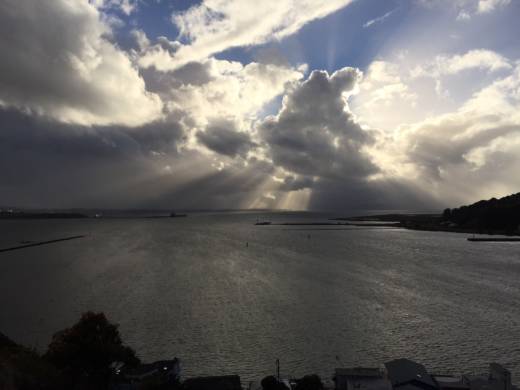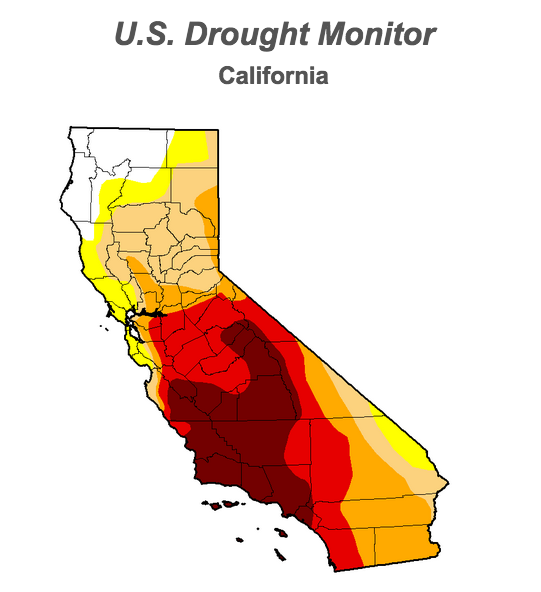Californians ended three months of backsliding in September, using 18.3 percent less water than in September of 2013, according to the state’s monthly tally of local suppliers.
State regulators were relieved by the number after monthly urban conservation rates had tumbled steadily month-to-month, from 28.1 percent in May, to 17.5 percent in August. Conservation began to evaporate when the state dropped its system of mandatory savings quotas for local water suppliers.
“Mandatory was a good idea to get things going,” said State Water Resources Control Board member Steven Moore, “and now things are going.”
Or, at least in September they were going. October numbers won’t be available for about a month, but might show further improvement given the unusually wet month that much of California experienced. Rain often prompts homeowners to turn off their sprinklers, which is now required by state regulations. As part of the drought restrictions that Governor Jerry Brown made permanent last spring, outside irrigation is prohibited either while it’s raining or for 48 hours after it stops.
But rain can also have the effect of signaling that the drought is “over,” which officials hasten to point out is not the case.


